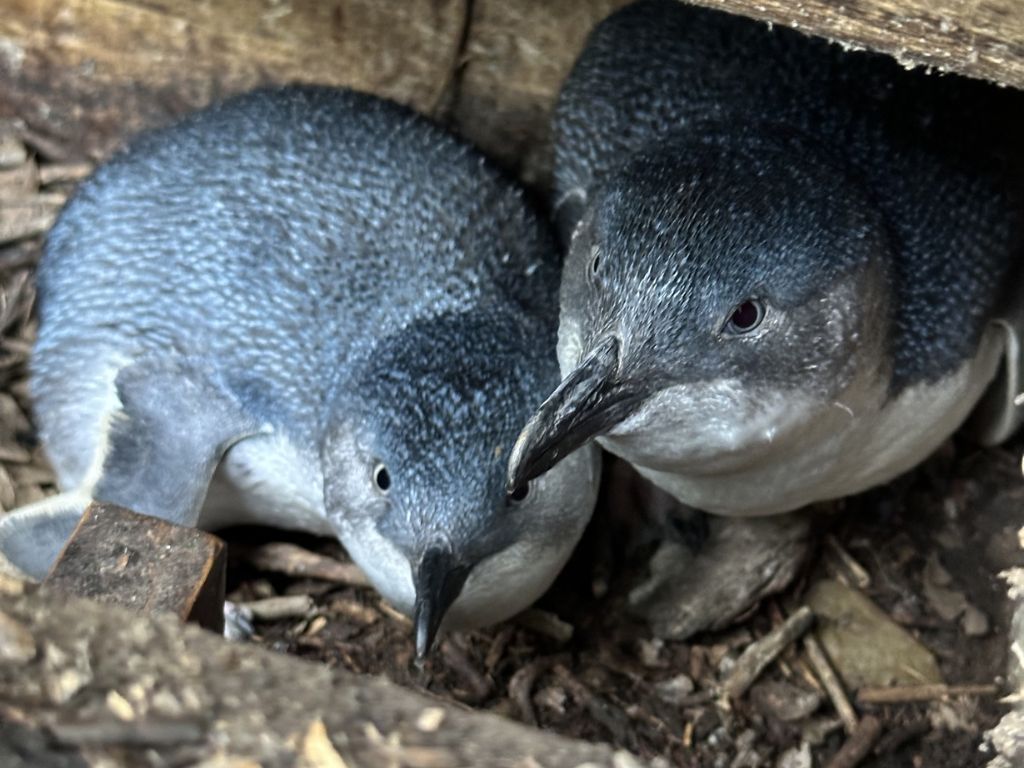Scarce food and cold temps mean winter can be tough for animals. From looking for love to international adventures, here are five fascinating ways wildlife spend their winter months.
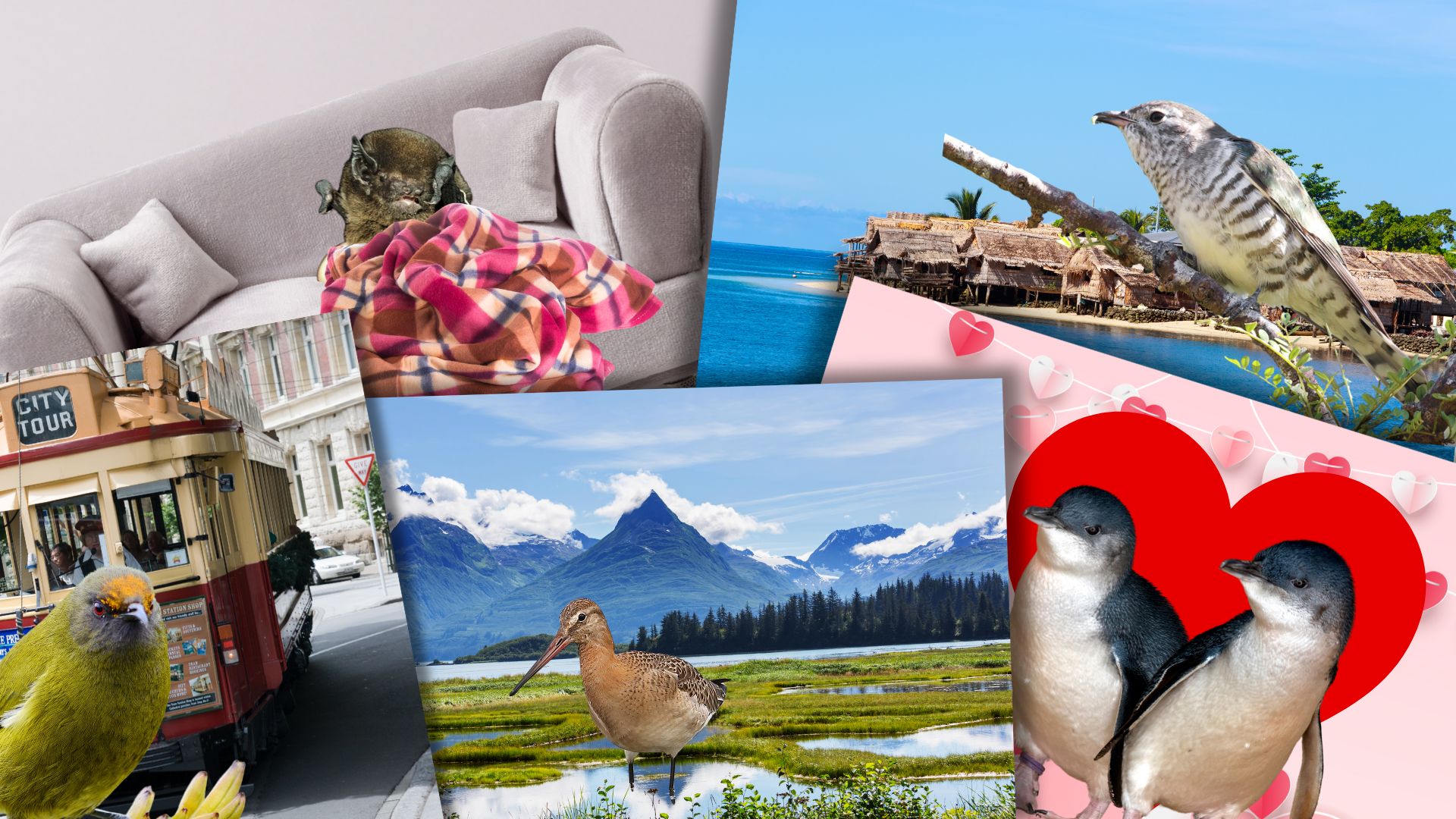
City breaks
Winter sees some forest birds head into urban areas looking for food and warm shelter. Expect to see more tūī, riroriro (grey warbler), pīwakawaka, korimako (bellbird) – perhaps even kākā and kererū – in gardens and parks during winter if you live in a city or town.
That’s why the annual citizen science Garden Bird Survey is held in winter, as it’s prime time for backyard bird-watching.
Christchurch, in particular, sees a bird bonanza as birds trade the Port Hills’ chilly remnant forest for the city’s warmer climate. The garden city has a diverse range of trees across a large area and plentiful winter food resources. Also, the city is warmer than cold bush patches high on the Port Hills or inland. It’s a great reason to plant more natives in your backyard.
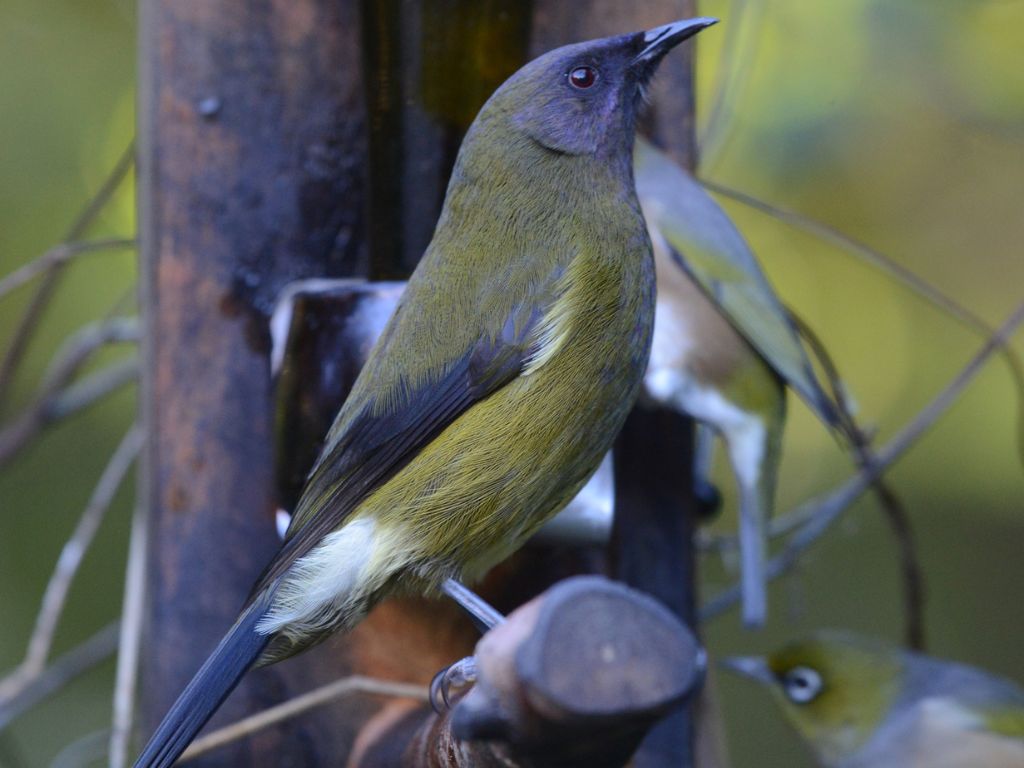
Going the distance
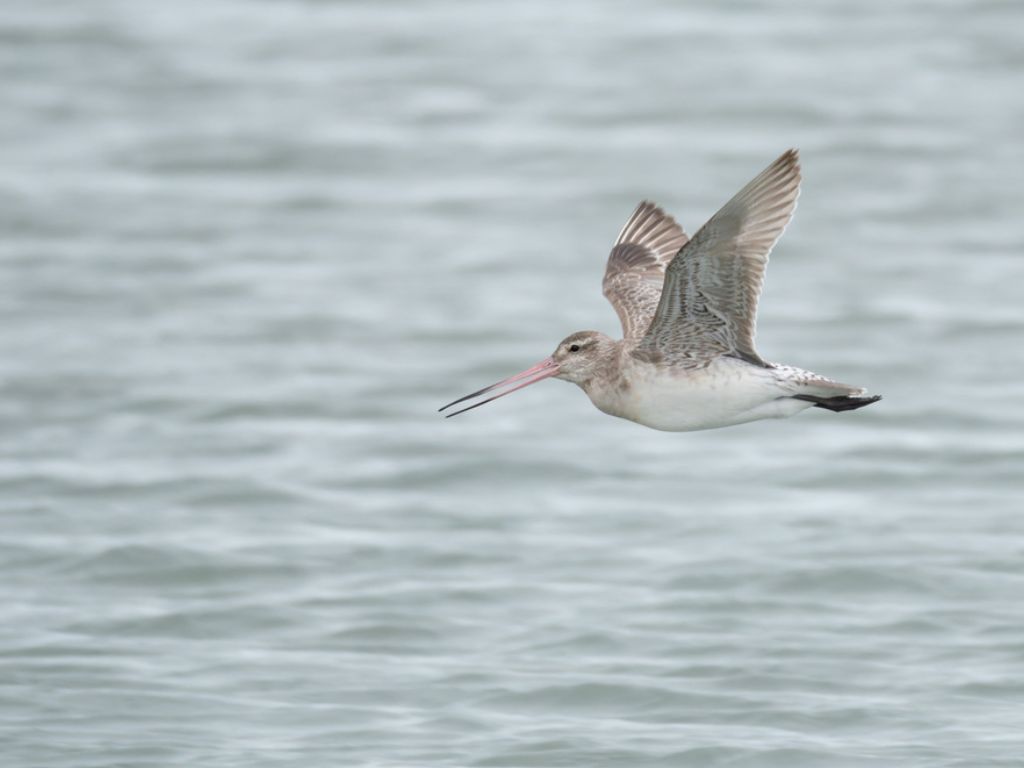
Commonly seen in the summer foraging in harbours and estuaries, kūaka (bar-tailed godwit) spend New Zealand’s winter very far away.
Around 75,000 of the long-legged waders take flight from New Zealand in March. Their destination? Alaska’s tundra for nesting and breeding, just a casual 10,000km away.
When it starts getting too cold and snowy in Alaska, around September, the birds will return to New Zealand, even juveniles barely four months old.
Birds tracked by satellite on their trans-Pacific flight took about a week, with an average speed of 56kph. It’s the longest- known non-stop flight of any bird.
Get cosy
Pekapeka (bats) spend most of their nights chasing flying insects for food, but when temperatures drop in winter, most insects stop flying.
With less food around, pekapeka put their bodies into an energy-conserving state called torpor, sort of like a semi-hibernation mode. They become motionless, their body temperature drops to that of their surroundings, and they might only take a breath every few minutes.
Unlike North American bats, they do not hibernate for long periods, usually just a few days at most. They hide away in tree hollows—the bat version of staying on the couch under a duvet—to wait out the cold snap and emerge when the world warms up again.
This strategy allows them to survive chilly winters but doesn’t work as well as it once did—slow-moving bats hiding away in a tree are an easy meal for introduced predators like stoats and feral cats.
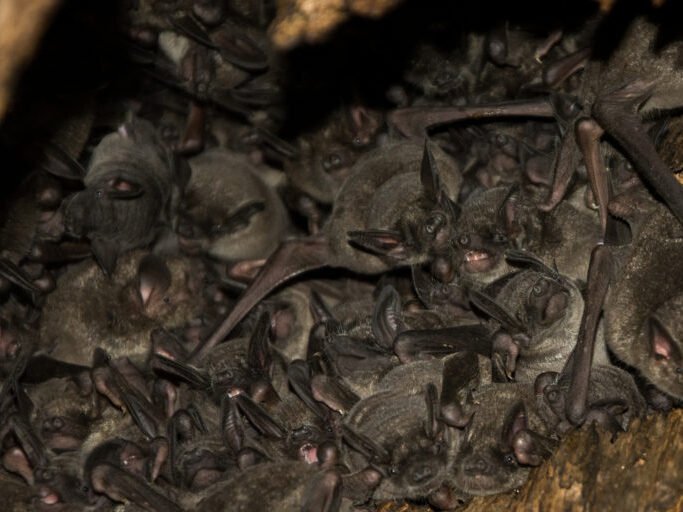
Pacific island getaway
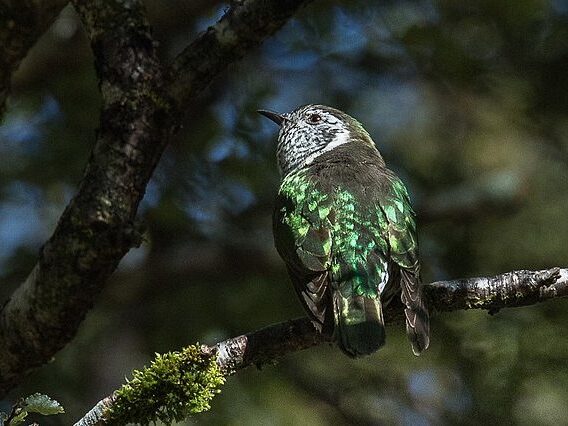
The pīpīwharauroa (shining cuckoo) and koekoeā (long-tailed cuckoo) are ultimate life hackers.
When winter hits, they escape to the tropical Bismarck Archipelago (New Guinea) and the Solomon Islands, where average winter temperatures are in the mid-to-high 20s.
After enjoying a tropical getaway, they make the trip back to New Zealand in time for the breeding season.
The next life hack? They lay their eggs in another bird’s nest and let the unsuspecting host do all the chick-rearing work.
Penguin pair up
Winter is peak season for kororā (little penguin) as they look for love and to start a family.
From May to June, these tiny penguins (about the height of a rugby ball) pair up, build nests, and get very noisy.
Their nests are close to the sea in burrows, where they lay one or two eggs from July to November. Parents share the incubation and chick-rearing duties.
Lucky for us, the Ōamaru Blue Penguin Colony has a 24/7 nest cam set up so you can watch kororā winter antics, like this mating mishap and miraculous egg-laying moments.
